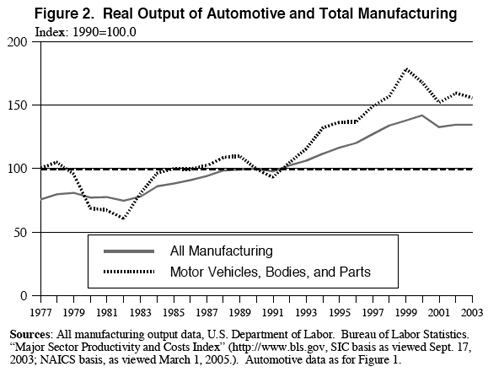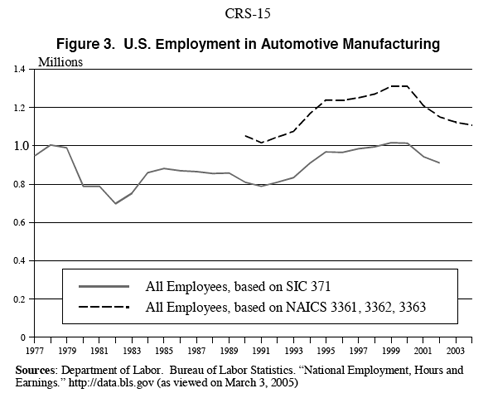As a rule, corporate advertising expenditure in the United States at least keeps pace with the growth rate of the U.S. economy. This explains why ads are constantly grabbing more space and appearing in new places, such as the fronts of grocery-store shopping-carts, above men’s urinals, at the bottoms of golf holes, and inside movie and television scripts.
But advertising is only a tail-end of the larger process of big business marketing, which, also as a rule, grows at a much faster rate than both ad spending and the overall economy. In order to “target” ads and promotions to the most profitable audiences, and to test which “marketing stimuli” maximize the impact of ads and promotions, major corporations spend ever more lavishly on “marketing research” and “product management.” According to top insiders, by 1993, U.S.-based big businesses were spending over a trillion dollars a year — roughly one seventh of the US Gross Domestic Product in that year — on their marketing operations. By simple conservative projection, this means that, by 2006, big business marketing will be a two-trillion-dollar-a-year reality in this society alone, in which we spend far less than one trillion dollars a year on all forms and levels of schooling combined.
The mainstream explanation of this shocking and shameful waste is that it is all merely a reflection of the “consumer culture” that, thanks to capitalism’s subordination to “consumer sovereignty,” drives our “consumer society.” By constantly expanding marketing operations, corporate managers are simply and dutifully inventing new ways to make sure they know about and can satisfy the pristine, primordial wishes of the democratic masses, who are the real kings of reality.
Unfortunately for its peddlers, this familiar incantation is wildly at odds with actual big business practices and the class relationships they engender. Indeed, if you bother to actually peek behind the corporate curtains, what you see there utterly explodes the conventional propaganda. Inside the boardroom, the question is not “What do people want?” but “What can we sell next?” The “consumer” is not, as reigning dogma insists, the starting and ending point, but merely the manipulable means to the familiar end of endless sales and profit growth. Big business marketing is not poll-taking. It is the art and science of product-pushing. Nothing is more anathema to it than genuinely democratic decision-making.
The fact that “What can we sell next?” is usually such a difficult riddle for corporate planners is a by-product of the very success of the system. Large corporations, after all, exist to maximize the incomes of their shareholders and executives, and they have, in the words of Paul A. Baran and Paul M. Sweezy, “a longer time horizon than the individual capitalist” and are “more rational calculator[s].”
As big businesses use their institutional advantages to increase their bottom lines, they tend to produce the same or more products with a continually shrinking labor force. A recent report from the Congressional Research Service, for example, shows that the real, inflation-adjusted output of the U.S. automotive industry in 2003 was 50 percent greater than it was in 1977, yet the number of assembly-line workers it employed remained the same. This pattern is undoubtedly even starker in less-unionized sectors.
(Stephen Cooney and Brent D. Yacobucci, “U.S. Automotive Industry: Policy Overview and Recent History,” Congressional Research Service, 25 April 2005)
As this process continues, the number of good-paying working-class jobs shrinks, and those workers who have not yet been downsized are forced to accept pay and benefit cuts. Meanwhile, the owners of stocks and bonds and the recipients of professional and managerial salaries pocket most of the monies yielded by the rising shop-floor productivity of corporate workers. The net result is the rapid income and wealth polarization that has, with the exception of the unusual middle three decades of the twentieth century, clearly marked the history of corporate capitalism in the United States.
This tendency toward greater wealth at the top is, of course, the capitalist dream come true. Unfortunately, from the business manager’s perspective, it has the perturbing side-effect of making it harder and harder to sell off new batches of profitable commodities. If the rich and semi-rich take home 90 percent of the gains, the non-rich aren’t likely to have much more money to spend this year than last.
This side-effect of corporate capitalist normalcy is exactly why big business marketing always grows bigger and more invasive. As selling stuff to the masses gets harder, corporations are forced to divert more and more of the yields of their productivity gains into the competitive struggle to win new customers by studying and manipulating “consumer behavior.” Over time, corporate capitalism compels its own front-line planners to spend more and more of society’s surplus wealth on what one of marketing’s earliest managerial proponents termed “a constantly expanding war for the consumer’s dollar.” As this war grows inexorably wider and deeper, past marketing techniques quickly appear to have been “a mere child’s game.”
The ramifications of a social order whose normal functioning means shrinking security for the vast majority alongside ever-expanding commercialism, commodification, and heedless ecological depletion are too important and too numerous to catalogue here. Suffice it for now to say that, if we are to rescue ourselves from this increasingly deadly and psychotic arrangement, the necessary first step is to understand just where it comes from and how it works.



